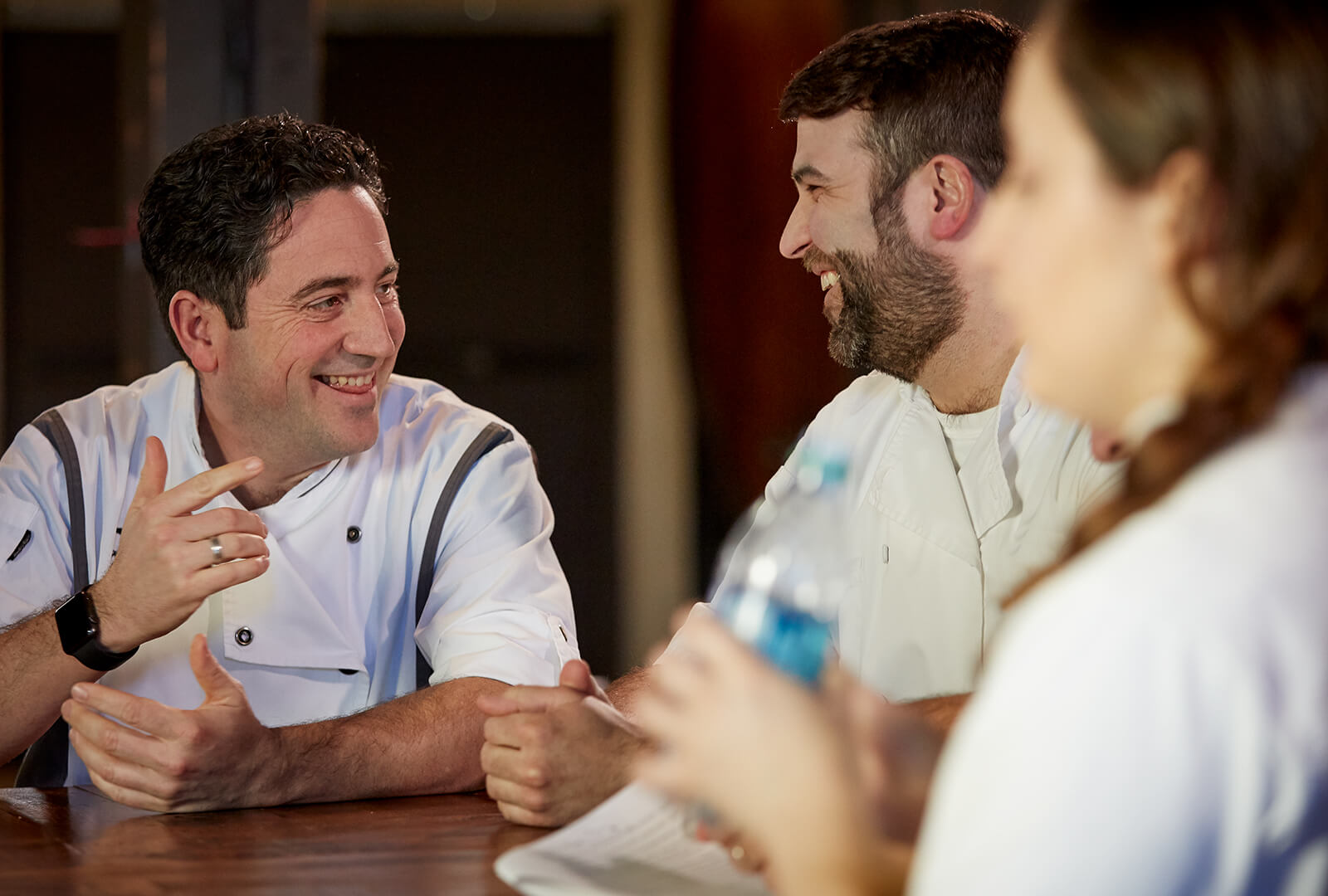Those times in the family garden really made a mark on me. Those childhood memories made me committed to growing from my own gardens.
Chef Dominic Orsini
At home, with two young boys and a busy working wife, Orsini is more practical about cooking. In his family, he’s known as the master of the “refrigerator surprise”: when his wife tells him there’s nothing in the house to cook, he takes it as a challenge. Those improvisations, he says, have led to the creation of some of the family’s favorite dinners.
To round out his “refrigerator surprise” meals, Orsini says he has no qualms with relying on premade or frozen items. He’s particularly fond of a premade jasmine rice, frozen mashed potatoes, and Hormel bacon bits. “Whenever I’m considering a packaged food, I’m looking at the back and reading that ingredient list,” he says. “I want to know what is in there.” His ideal is an ingredient list that’s relatively short, filled with easily recognizable items.
Homegrown
Orsini now has the pleasure of introducing his sons to his own gardens: the one in his backyard and those at work. For now, they’re only mildly interested. (The cats the winery keeps as gopher sentries get the most attention during vineyard visits.) But he’s witnessed moments that have taken him back to his own childhood: he’s seen his older boy picking and eating alpine berries, and his younger son feasting like a bear cub on a bush of cherry tomatoes. Orsini doesn’t know when or if these experiences will resurface when his boys are grown, but parenting is a little like gardening itself: you plant memories and hope that someday they’ll grow and blossom.
